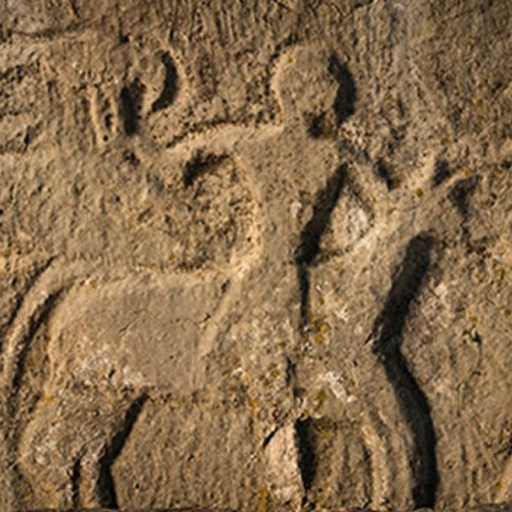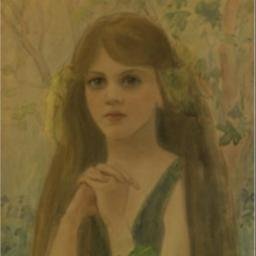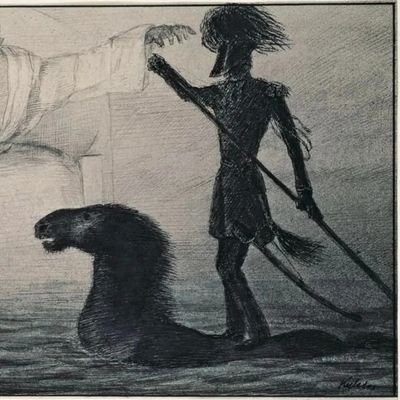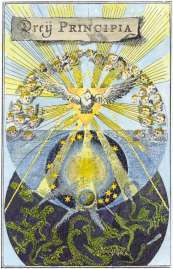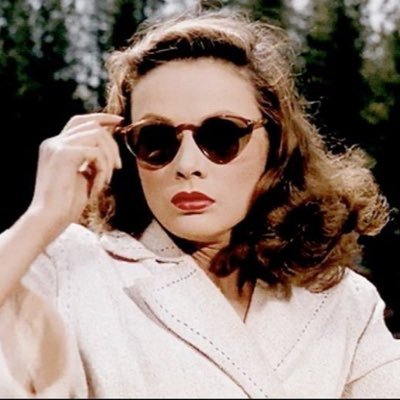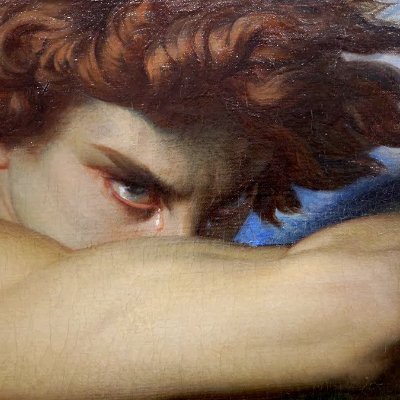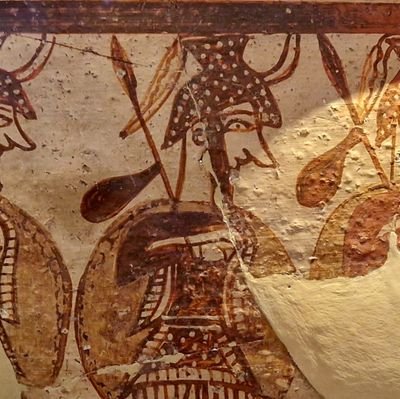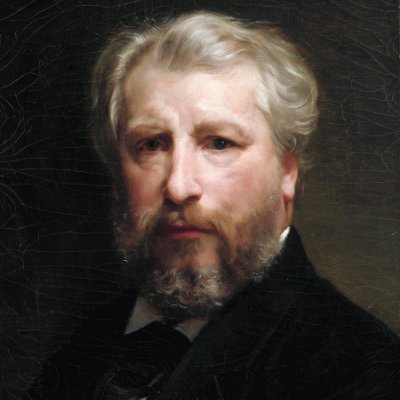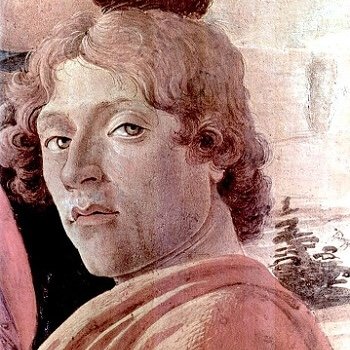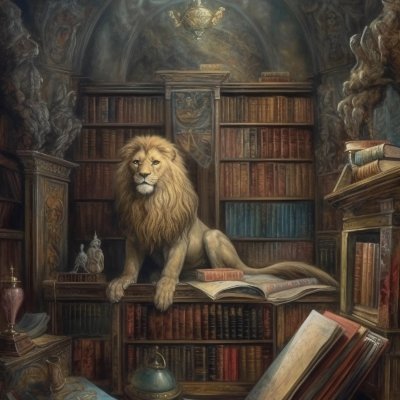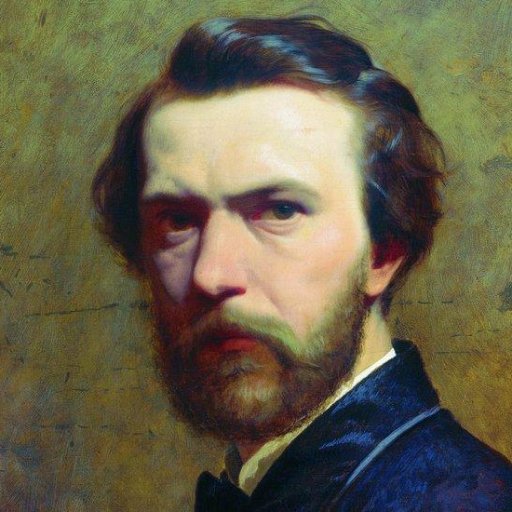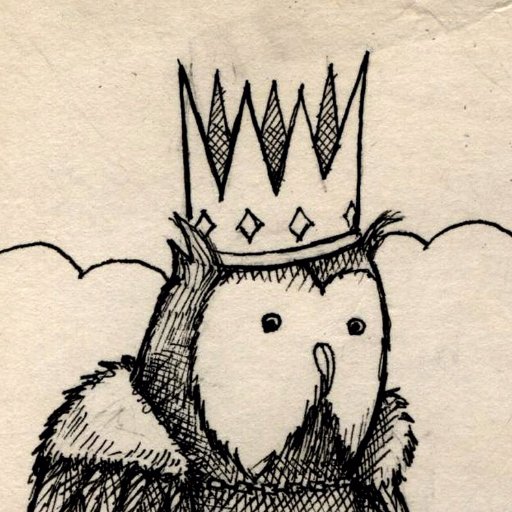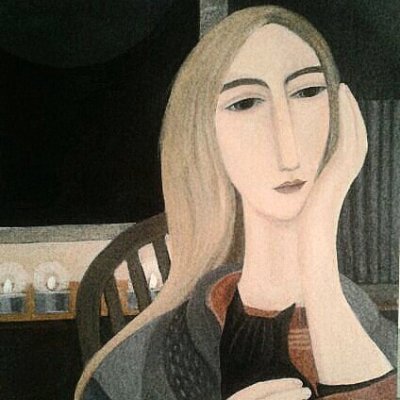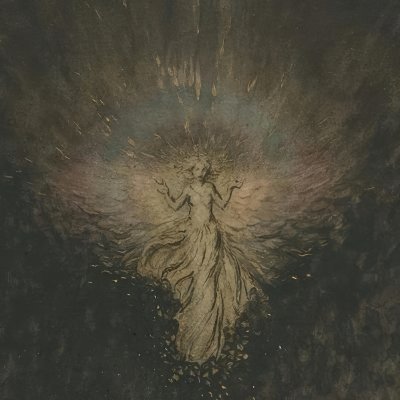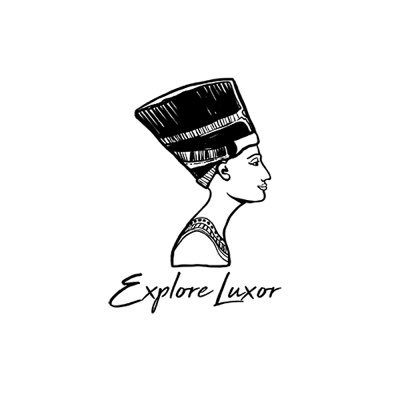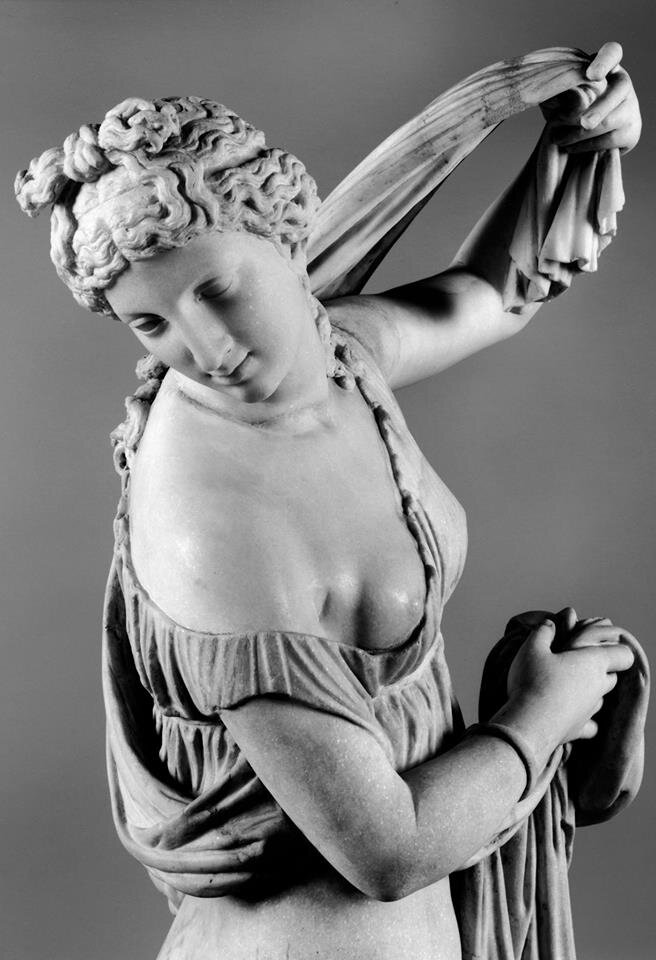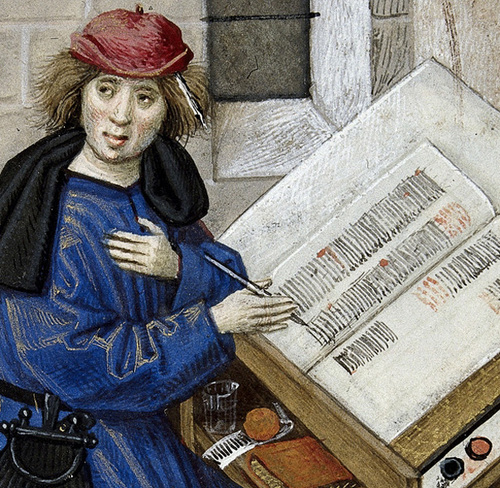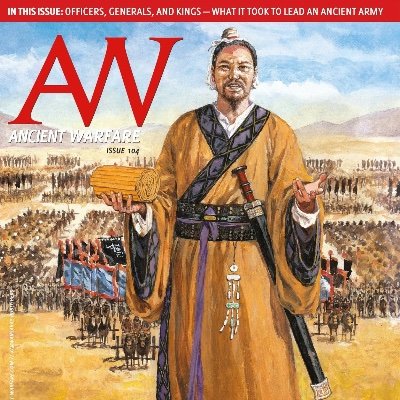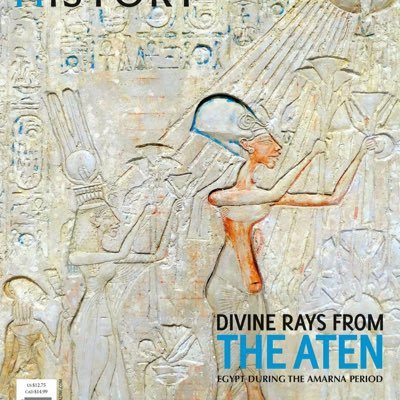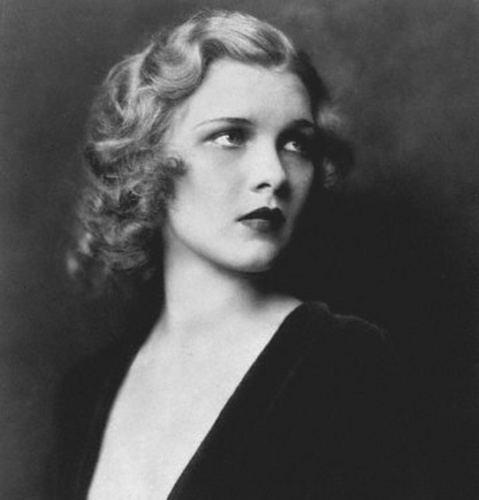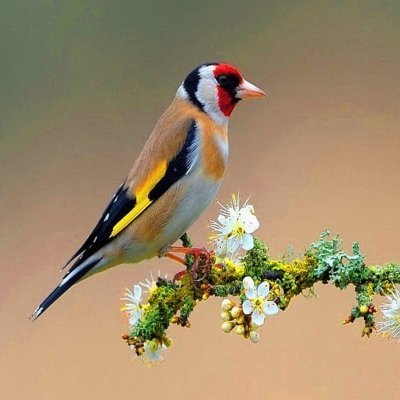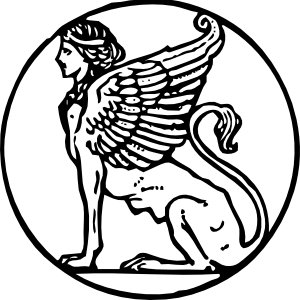
Classical Mythology
@ClassicalMyths
Art. History. Classical Mythology. Best of Greek & Roman Myths (and a little Near East too). Owls & Pomegranates. Co-host @MythologyMonday.📜🏺⚡️𓃢
You might like
Amulet, Ancient Egypt, -664 / -332 (Late Period). Copper alloy and gold. collections.louvre.fr/en/ark:/53355/…

While researching something unrelated, I came across this interesting work by Arcimboldo that formed part of his "Four Elements" paintings: "Water" (1566). Photo: Kunsthistorisches Museum Vienna.
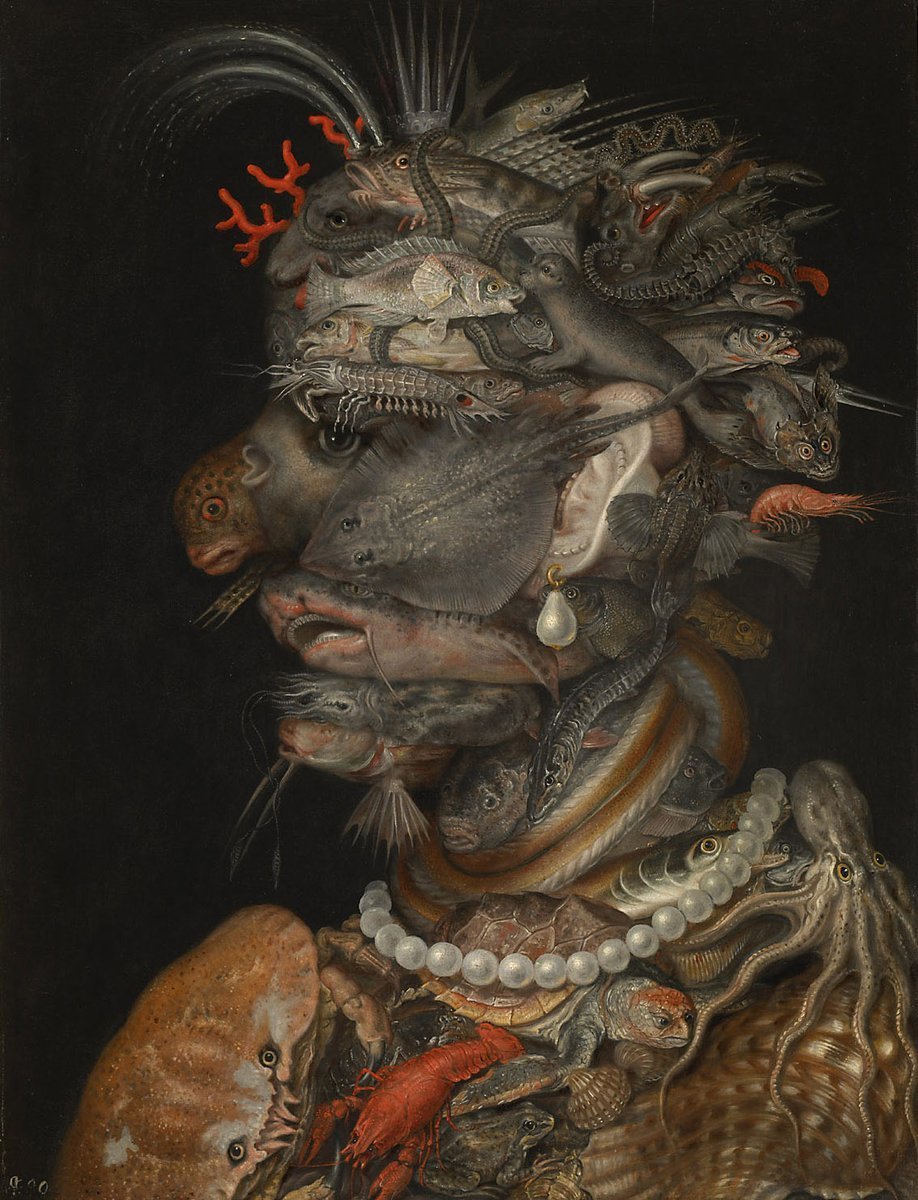
Apollo plays the kithara accompanied by three of the Muses. 19th century lithographic print. Photo: NYPL Digital Collections.
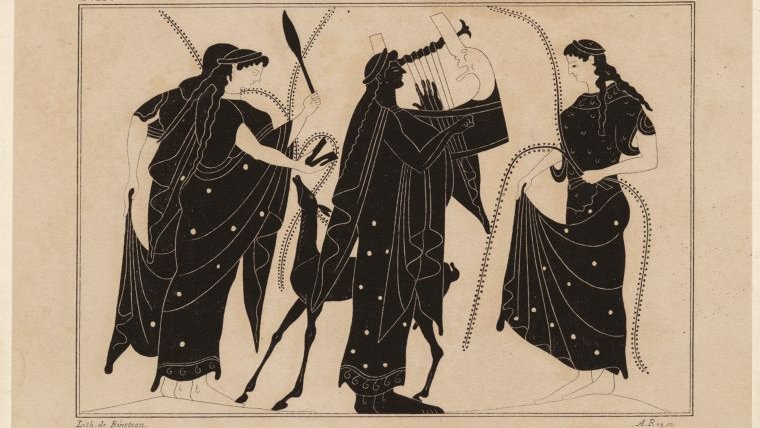
"Breaking off the peak of a huge crag he threw it toward our ship..." "Odysseus and Polyphemus" (1896) by Swiss symbolist artist, Arnold Böcklin (1827-1901). Oil and tempera on panel. Museum of Fine Arts Boston. Photo: Sotheby's.

Stunning Etruscan necklace crafted in gold, ca. 7-5th century BCE. Field Museum of Natural History. Photo credit: Sophia Anastasiou Wasik. AN#2262

The three Pyramids of Giza are reflected in a pool of water, September 1926. Photograph by Jules Gervais Courtellemont, National Geographic.

"May he who loves not others love himself." "Echo and Narcissus" (1903) by John William Waterhouse (1849-1917). Oil on canvas. Image credit: Walker Art Gallery

"The Vintage Festival" (1871) by Lawrence Alma-Tadema (1836–1912). Oil on panel. Photo: National Gallery of Victoria.

Carthaginian bronze cuirass, discovered in 1919 during the removal of stones at the Tunisian palace Ksour es Saf, 3rd–2nd century BC. On display at the Musée national du Bardo, Tunisia.

Roman amethyst cameo featuring an engraved head of Medusa, with striking detailing of her wings, hair, and eyebrows. circa 1st-2nd century CE. 6.50 cm x 5.50 cm. AN# 1867,0507.396. Photo: © The Trustees of the British Museum

"...violence he often brought and often suffered." Herakles glances slightly to the side; his brows are deeply furrowed, and a tired expression plays on his face. His lowered shoulders suggest a relaxation of tension. Photo: izmapics

"The Temple of Eros" (1883) by Herbert Gustave Schmalz (1856-1935). Oil on canvas. Photo credit: Stockport Heritage Services

Bacchus, liberally festooned with grapes, casually pours drink for his little panther (!), wine trellises adorn the slopes of a deceptively-slumbering Vesuvius, & serpent Agathodaemon represents ‘good spirit’ of vineyards (Wall fresco, House of the Centenary, Pompeii)

Mythological Creatures on Ancient Greek Coins

"A Masque for the Four Seasons" (1905-1909) by Walter Crane (1845-1915). Oil on canvas. Hessisches Landesmuseum Darmstadt. Photo: Daderot

Impressive large Roman bronze eagle statue. The eagle's left leg likely grasped a globe or thunderbolt, probably as part of a sculptural composition representing Jupiter or an emperor. ca. 100-200 CE. 41 × 31 × 30 in. (72.AB 151)📷Getty


"Battledore" (1868–1870) by English artist, Albert Joseph Moore (1841-1893). Photo: Minneapolis Institute of Art.


"Bacchante" by Frederic Leighton (1830-1896). Oil on canvas, 128.5 cm x 95.2 cm. Private collection. Photo: Artvee.

"On shadowy mountain slopes and windy summits She loves to stretch her pure gold bow in hunting..." "Diana Hunting" by Guillaume Seignac (1870-1924). 📷Coyau

Two types of gold leaves from the Brooklyn Museum: laurel and oak. Greek, ca. late 4th century BCE. 📷 Brooklyn Museum


United States Trends
- 1. Jameis 28.6K posts
- 2. Chiefs 57.2K posts
- 3. JJ McCarthy 5,194 posts
- 4. Giants 67.5K posts
- 5. Lions 46.2K posts
- 6. Colts 24.9K posts
- 7. Vikings 27.1K posts
- 8. Mahomes 14.8K posts
- 9. Steelers 40.6K posts
- 10. Ravens 19.7K posts
- 11. Gibbs 6,559 posts
- 12. Bears 54.6K posts
- 13. Campbell 15.7K posts
- 14. #GoPackGo 4,709 posts
- 15. Bengals 18.5K posts
- 16. Daniel Jones 2,600 posts
- 17. Tony Romo 2,382 posts
- 18. #Skol 2,792 posts
- 19. Caleb 31.7K posts
- 20. #OnePride 3,131 posts
You might like
-
 Archaeology & Art
Archaeology & Art
@archaeologyart -
 Archaeo - Histories
Archaeo - Histories
@archeohistories -
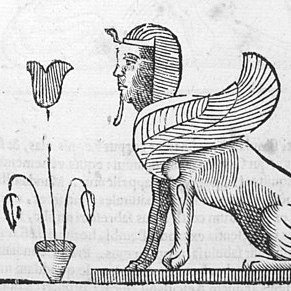 @MythologyMonday
@MythologyMonday
@MythologyMonday -
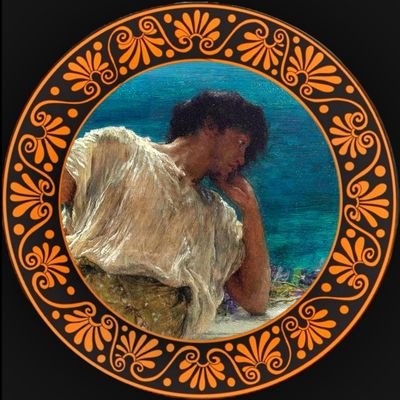 Arys🏺🪶
Arys🏺🪶
@ArysPan -
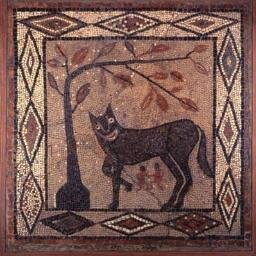 Roman History
Roman History
@romanhistory1 -
 Ancient Origins
Ancient Origins
@ancientorigins -
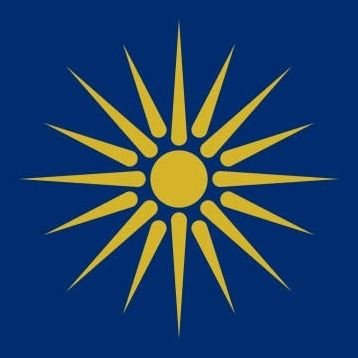 Ghost of Hellas
Ghost of Hellas
@ghostofhellas -
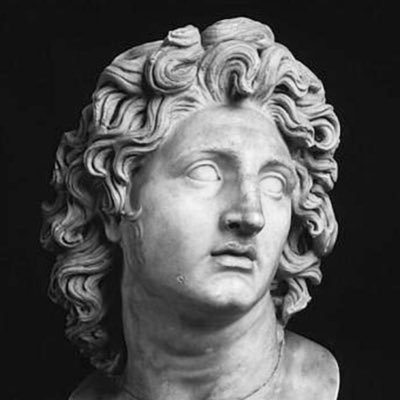 Alexander's Cartographer
Alexander's Cartographer
@cartographer_s -
 Vintage Maps
Vintage Maps
@vintagemapstore -
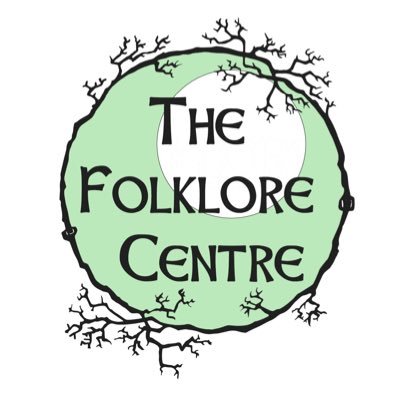 The Folklore Centre, Todmorden
The Folklore Centre, Todmorden
@CentreMyth -
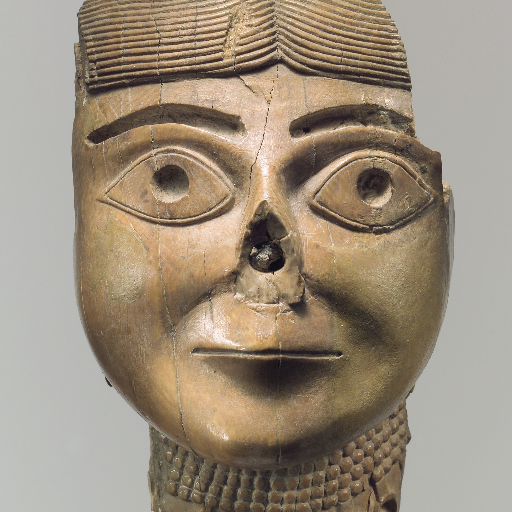 The Met: Ancient Near Eastern Art
The Met: Ancient Near Eastern Art
@met_ancientart -
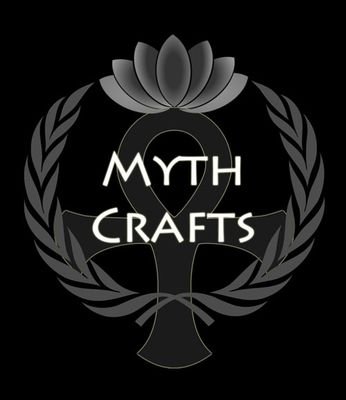 Myth Crafts
Myth Crafts
@MythCrafts -
 The Byzantine Legacy
The Byzantine Legacy
@ByzantineLegacy -
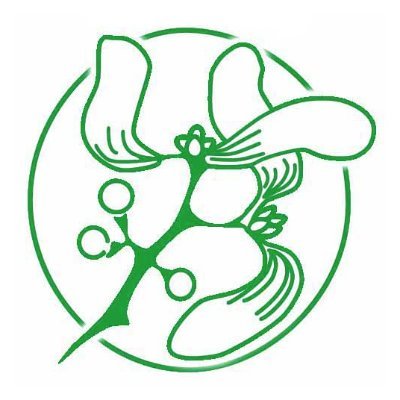 The Folklore Society
The Folklore Society
@FolkloreSociety -
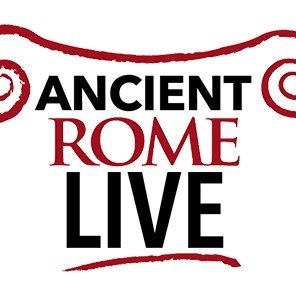 Ancient Rome Live
Ancient Rome Live
@AncientRomeLive
Something went wrong.
Something went wrong.
























